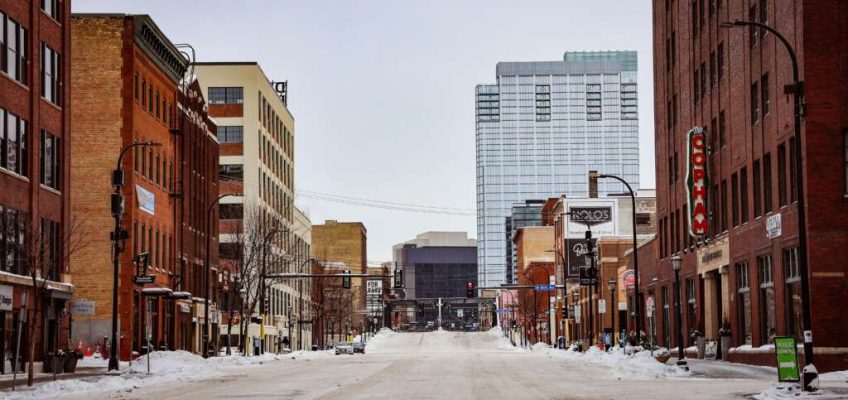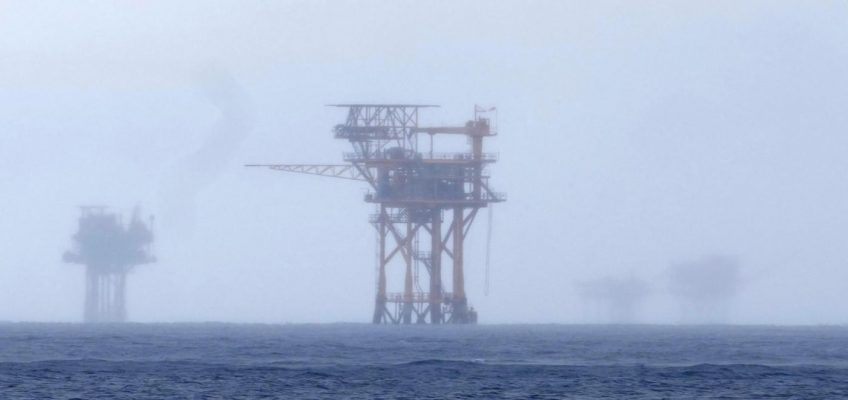DULUTH — Buying a ticket to space may now be possible, but astrotourism doesn’t require making a large cash transfer to Elon Musk. Instead, you can just call John Fredrikson at Gunflint Lodge in Grand Marais.
“There are nights when we get back from a run to the city and get out of the car to walk into the house, all tired out,” Fredrikson said, “but you have to stop and just soak up the number of stars you see, because it is spectacular.”
Since purchasing the historic lodge in 2016, Fredrikson and his family have increasingly promoted their property as a place to stay if you’re seeking an epic view of the cosmos.
“Astrotourism wasn’t really a (term) at that point,” recalled Fredrikson, though he noted the lodge has long attracted stargazers. “We’ve leaned into it.”
“It’s really blown up in the last couple of years,” said Kjersti Vick, marketing and public relations director for Visit Cook County. “People really are interested in getting that experience.”
The county will host its annual Dark Sky Festival Dec. 11-13. Vick and Visit Cook County Executive Director Linda Jurek launched the festival in 2018 after noticing how many people were coming to the county to photograph the stars.
“We started talking with them, and they were like, what if we did some kind of night sky thing?” Vick remembered. She and Jurek thought, “That’s a great idea.”
Visit Cook County doesn’t have hard numbers regarding how many people come to see the sky, but its staff say the festival has grown considerably and the organization has seen spiking traffic to web pages with information on the topic.
“More and more of the population is urban and really doesn’t have a lot of exposure to rural or more remote places,” said Fredrikson, who has also seen an increase in stargazers. “I think a lot of people are rediscovering the striking beauty of the dark skies and the celestial beauty up here.”
Exactly how dark is Cook County? On the Bortle dark-sky scale, which measures darkness from one (darkest skies on Earth) to nine (inner-city sky), Cook County is an average of two, said Vick.
“Level one is really dark,” said Vick. “That’s like the middle of Lake Superior. … If you look at a map of the U.S., from Cook County, basically everything east of the Mississippi is a level five or brighter.”
Light pollution has significantly impacted the Northland in recent decades, said Bob King, an amateur astronomer (and News Tribune columnist) better known as Astro Bob.
“I used to be able to look at all the constellations from downtown (Duluth) back in 1980,” King said. “You can forget about doing that now, but we can still get to dark skies where you can see the Milky Way, and it only takes (driving) 20 minutes out of town.”
Related Articles
Renovations at MSP’s Terminal 1 bring modern, brighter look to airport
St. Paul declares snow emergency after Tuesday night storm
Newspaper delivery delayed on Wednesday due to weather conditions
Federal agents use pepper spray on crowd in Somali neighborhood of Minneapolis amid Trump crackdown
Rebecca Noecker officially announces for Ramsey County Board
As people have recognized the growing scarcity of dark skies, smartphones and social media have made it easy to find and photograph phenomena like northern lights, then show off your dramatic captures.
“We have apps for the northern lights so you don’t have to miss a display of the aurora,” King said. “It will alert you when there is something in your area.”
To go with that smartphone, you can even get a smart telescope.
“These are these little instruments you just set down on your lawn or your deck,” King explained. “You direct this little telescope to take a picture of all kinds of things in the sky. I’m talking galaxies, star clusters, the sun, the moon. It takes remarkable photographs, and you really don’t need to know anything about astronomy.”
Of course, sometimes it’s nice not to rely on an app. That’s why the Gunflint Lodge is acquiring a telescope for naturalists to use when helping visitors to explore the night sky in planned programs.
Experts on hand for the Dark Sky Festival will include NASA scientists visiting through a relationship Visit Cook County has developed with the Goddard Space Flight Center.
“We also have some really fun photographers that are going to be giving tips and tricks on on how to catch the night sky,” Vick said.
Photographers on hand will include King, who is presenting on the birth of stars and on what ordinary people can do to reduce light pollution.
“Many things are affected by light pollution,” King said. “Nocturnal habitats for insects and animals are also key.”
Despite the overall upward trend in light pollution, King has seen some wins locally. He was especially glad to see the former streetlights in downtown Duluth, which scattered light directly into the sky, removed from Superior Street during that street’s recent reconstruction.
Now, King said, “Superior Street is just right in terms of lighting. There’s no glare in your eyes. It’s softer, and it points downward rather than up. The difference is amazing.”
Why hold a festival in December, already a busy month with holiday events? Well, historians will tell you it’s no coincidence that many cultures have traditional celebrations coinciding with the winter solstice: it’s the darkest time of year.
“The sun sets at like 4 p.m. and it doesn’t rise until 7:30 in the morning,” Vick said. “It seems like a really great time to promote the night sky.”
Although Cook County’s astrotourism numbers are increasing, the draw of the Gunflint Trail in December isn’t quite up there with, say, Yellowstone National Park in July.
“It’s maybe 15 to 50 people at any given presentation, but it’s always a different group of people at each presentation,” said Vick about the Dark Sky Festival. “People are coming up and they’re doing parts of the festival, and they’re up here to do all the other great things that we have.”
Cook County is as dark as it is because of its relative isolation, and that means astrotourists are getting a front-row seat to the sky.
“We have a lot of resorts and cabins and places in the woods,” Vick said. “You can rent a cabin in the woods and have your own private dock that has this beautiful night sky view, and people just gravitate towards that.”
“There’s a great interest in preserving the night sky while we still have it in our region. It’s lost in so many other areas,” said King. “It’s part of humankind’s heritage, and to lose that hurts.”
Related Articles
Federal agents use pepper spray on crowd in Somali neighborhood of Minneapolis amid Trump crackdown
Dad (or Mom) Jokes not welcome in your house? Channel them into the MnDOT snowplow naming contest
Winter storm brings 3-5 (plus) inches of snow and a rough morning commute
Fire guts Prior Lake mosque; cause remains under investigation
Trump’s attacks on Minnesota’s Somali community cast a spotlight on fraud cases




